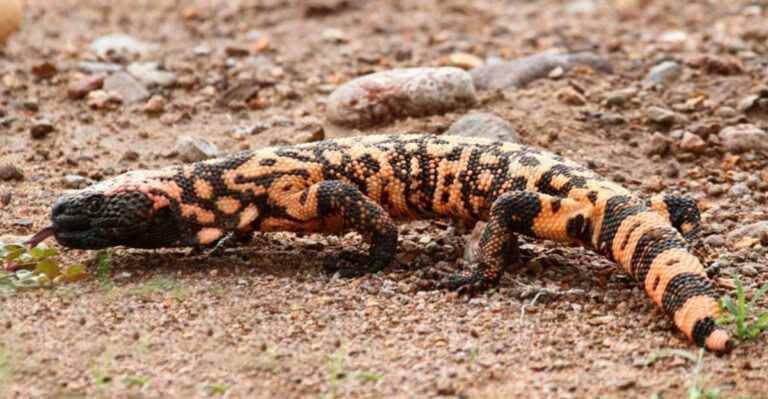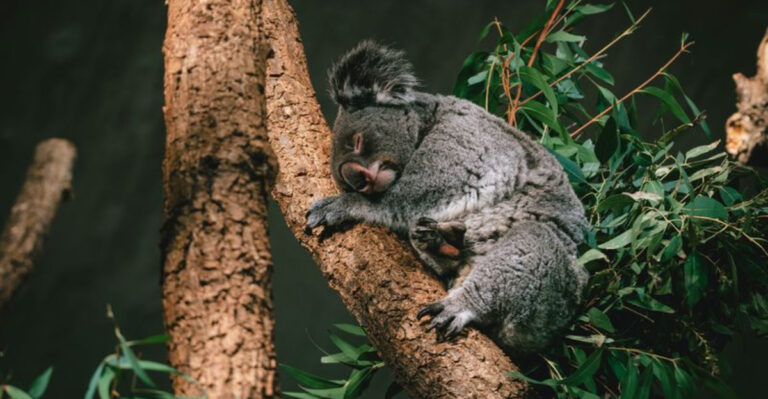12 Fascinating Reasons Aye-Ayes Tap On Trees Like Drummers And What They’re Listening For
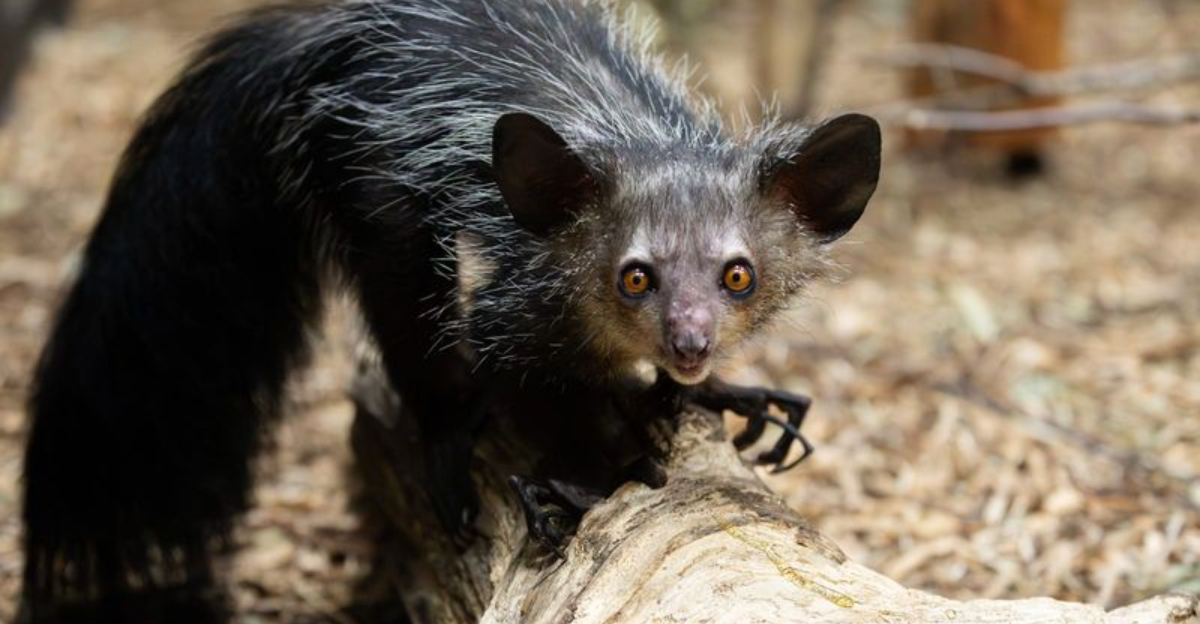
Hidden in Madagascar’s forests, the mysterious aye-aye performs a peculiar nighttime ritual that has baffled scientists for generations.
With their eerily long middle fingers, these nocturnal lemurs tap rhythmically on tree trunks, creating sounds that help them survive in the wild.
Their remarkable percussion skills serve multiple purposes beyond just finding food—they’re actually listening for specific signals that reveal secrets beneath the bark.
1. To Detect Insects Beneath The Bark
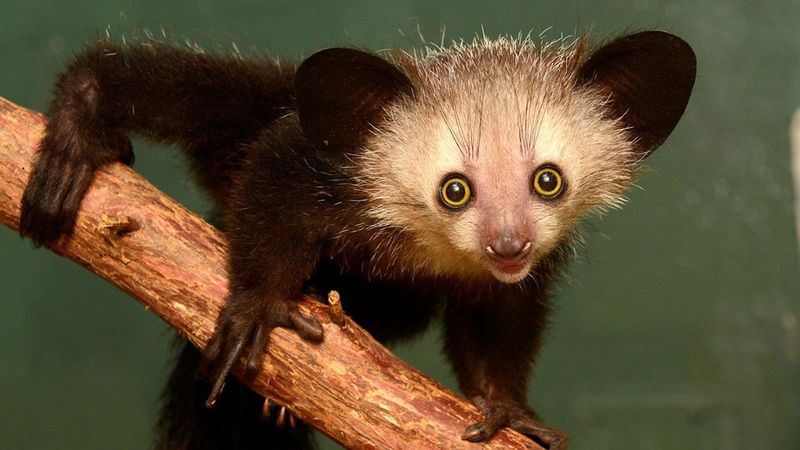
Aye-ayes have developed an extraordinary sixth sense for locating tasty grubs hiding inside trees. Their specialized middle finger rapidly drums against wood, creating vibrations that travel through the bark.
When larvae move or chew inside, the aye-aye’s sensitive ears pick up these subtle sounds, pinpointing exactly where to drill through with their rodent-like teeth and extract their squirming snack.
2. Using Echolocation For Hunting
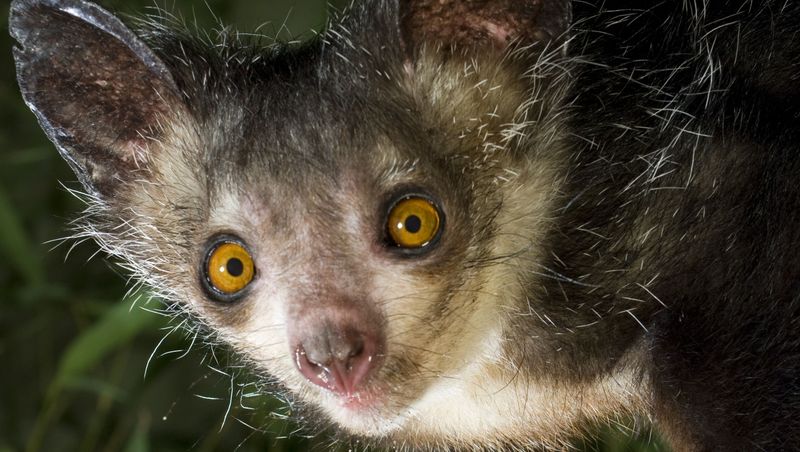
Much like dolphins use sound underwater, aye-ayes employ a primitive form of echolocation through their rhythmic tapping. The returning vibrations create a mental map of the tree’s internal structure.
This percussion-based hunting technique allows them to detect differences in density where insect tunnels have weakened the wood. Their remarkable adaptation is unique among primates and rivals bat sonar in its specialized purpose.
3. Finding Food In The Dark
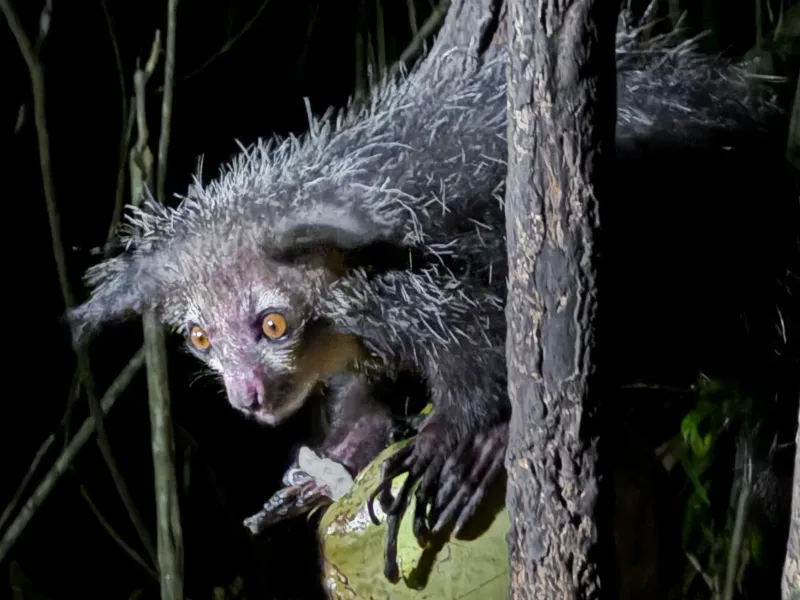
Nighttime forests present challenges that aye-ayes overcome with their percussive prowess. While most creatures sleep, these lemurs emerge to tap-tap-tap their way to dinner.
Their enormous eyes gather available moonlight, but it’s their tapping that truly guides them to hidden feasts. By combining auditory feedback with their acute hearing, aye-ayes successfully locate meals that remain invisible to other forest dwellers.
4. Communicating With Other Aye-Ayes
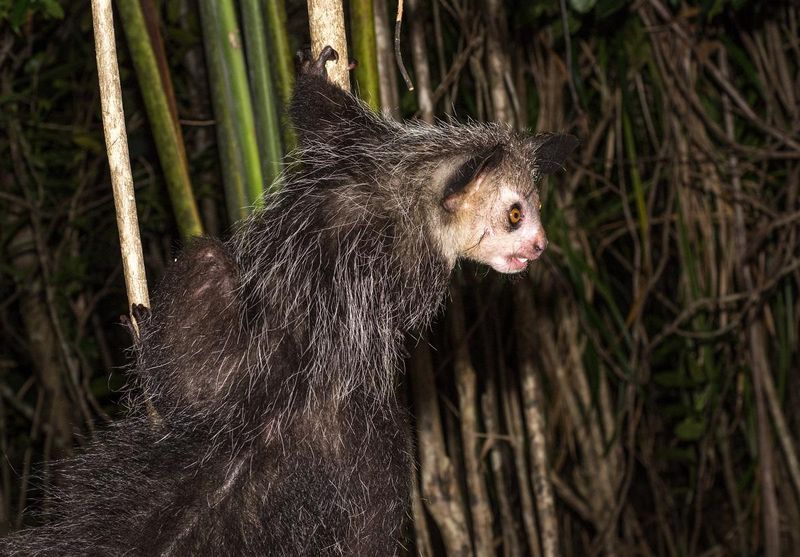
Beyond hunting, the distinctive tapping patterns may serve as a forest telegraph system. Scientists have observed variations in rhythm and intensity that suggest coded messages between individuals.
These percussion conversations might warn others about territorial boundaries or signal availability for mating. The complex patterns create a secret language that travels through the dense forest, connecting these solitary creatures across the darkness.
5. Perfecting Their Foraging Skills

Baby aye-ayes aren’t born drummers—they learn this vital skill through observation and practice. Young aye-ayes watch their mothers intently, mimicking the precise tapping technique that will eventually feed them.
Their apprenticeship lasts months as they develop finger strength and learn to distinguish subtle sound differences. This knowledge transfer represents a rare form of tool-use education among primates and ensures survival across generations.
6. Tapping For Mate Selection
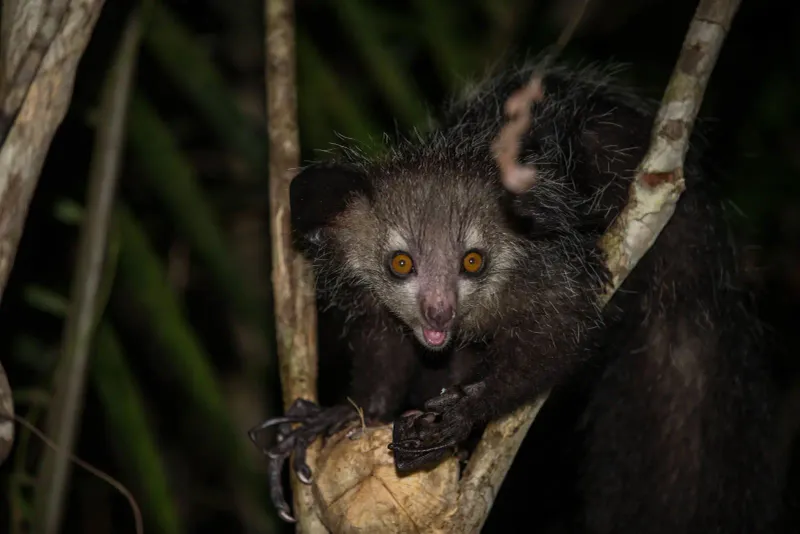
Romance in the aye-aye world has its own percussion soundtrack! During mating season, males dramatically increase their tapping frequency, creating distinctive rhythms that advertise their presence to females.
The quality of a male’s tapping—its strength, consistency, and pattern—may signal genetic fitness to potential mates. Females might select partners based on who performs the most impressive arboreal drumming displays, making tree tapping nature’s original dating app.
7. Ensuring They Don’t Damage The Tree

Aye-ayes maintain a surprisingly delicate relationship with their wooden percussion instruments. Their precise tapping allows them to target only areas containing food without excessive damage to healthy wood.
This surgical approach preserves trees for future feeding opportunities. By removing harmful insect larvae while minimizing structural damage, aye-ayes inadvertently protect forest health—a remarkable example of evolutionary balance between predator and environment.
8. Identifying Hollow Cavities In Trees

Hollow trees provide acoustic feedback that aye-ayes instantly recognize during their percussion performances. The distinctive echo from empty spaces signals potential jackpots of insect activity.
These natural drums often contain colonies of wood-boring beetles or termites that create extensive tunnel networks. The aye-aye’s sensitive hearing can detect these acoustic differences with remarkable precision, allowing them to target the most resource-rich locations for their feeding efforts.
9. Aiding In Environmental Navigation
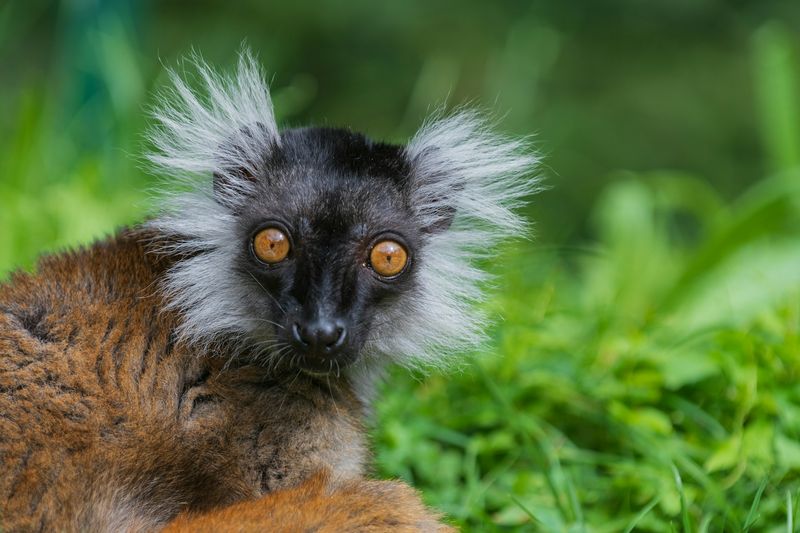
The forest becomes a musical map for aye-ayes as they tap their way through the canopy. Each tree species produces distinctive acoustic signatures that help these lemurs navigate their territory.
By building a mental library of tree sounds, aye-ayes create cognitive maps of resource locations. This percussion-based GPS system allows them to efficiently revisit productive feeding sites and explore new territories, maximizing their chances of survival in Madagascar’s complex forests.
10. Avoiding Predators

While focused on dinner, aye-ayes remain vulnerable to predators like fossas and birds of prey. Their tapping serves double-duty as a security system, creating vibrations that can alert them to nearby threats.
The acoustic feedback provides awareness of their surroundings even while concentrating on hunting. This multitasking ability helps explain how these unusual primates have survived despite their slow movement and distinctive appearance that might otherwise make them easy targets.
11. Enhancing Sensory Perception

Aye-ayes experience their world through fingertips in ways humans can barely imagine. Their specialized middle finger contains dense nerve endings that transform it into a living seismograph.
When tapping, this digit sends detailed sensory information directly to their brain. The combined input from touch, hearing, and vibration creates a multi-dimensional understanding of their environment that compensates for their relatively poor sense of smell compared to other lemurs.
12. Improving Hunting Efficiency

Years of practice transform aye-ayes into percussion virtuosos with astonishing hunting success rates. Adult aye-ayes develop signature tapping styles that maximize their foraging efficiency based on individual strengths.
Their methodical approach—tap, listen, tap again—conserves valuable energy while increasing food discovery. This efficient hunting technique allows them to thrive in ecological niches unavailable to competitors, highlighting how behavioral adaptations can be just as important as physical ones.


